In June 2023, the Spanish traffic service DGT introduced new traffic signs and signals. They are gradually being installed along the roads in Spain, making more and more road users see new and sometimes strange traffic signs. It takes time due to the size of the Spanish road network and the large number of road signs.
DGT has done Advertise 100,000 traffic lights on roads under the responsibility of the Spanish State must be replaced at a cost of 36 million euros. In addition, another 260,000 traffic lights on regional roads need to be renewed, at a cost of 62.5 million euros. Sometimes it is not only new signs, but also old ones whose reflective material has become worn out.
According to a report by the DGT, road signs will also need to be repainted on at least 20,000 kilometres of road surface, which will cost a total of €43 million. The Metal Road Sign Manufacturers Association estimated in 2019 that at least 2.3 million road signs in Spain will need to be replaced because they are old and no longer work properly.
What are the new traffic signs in Spain since 2023 and which ones will be seen more often along Spanish roads? The meanings of these traffic signs are also widely mentioned (in Spanish) in online magazine From DGT. Let’s take a look at the highlights.

Pedestrian and cyclist crossing
There is a potential hazard when a zebra crossing is adjacent to or shared with a bicycle crossing. Cyclists must get off at a zebra crossing and continue on foot (P-20a), while they can continue riding at bicycle crossings.
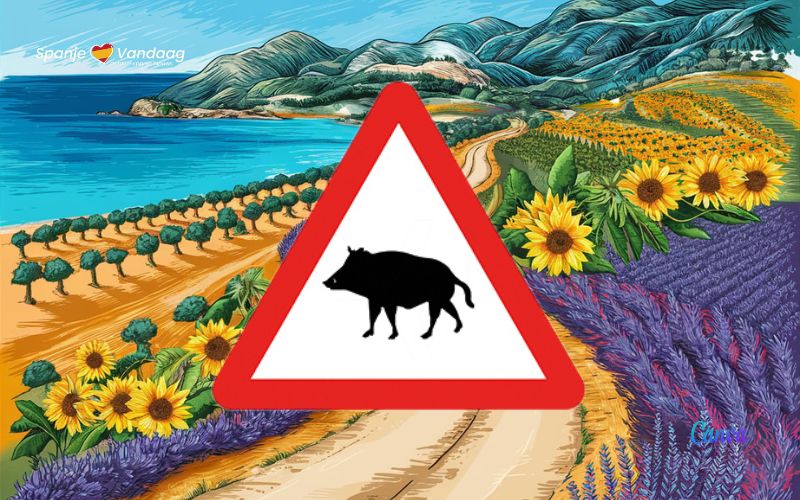
Free passage of animals (wild pigs)
The warning relates to the danger posed by free-ranging animals that frequently cross the road, particularly wild boars. This is similar to a free animal passage, but specifically highlights the possible presence of wild boars. It is important to exercise extra caution in this area because of this particular danger.
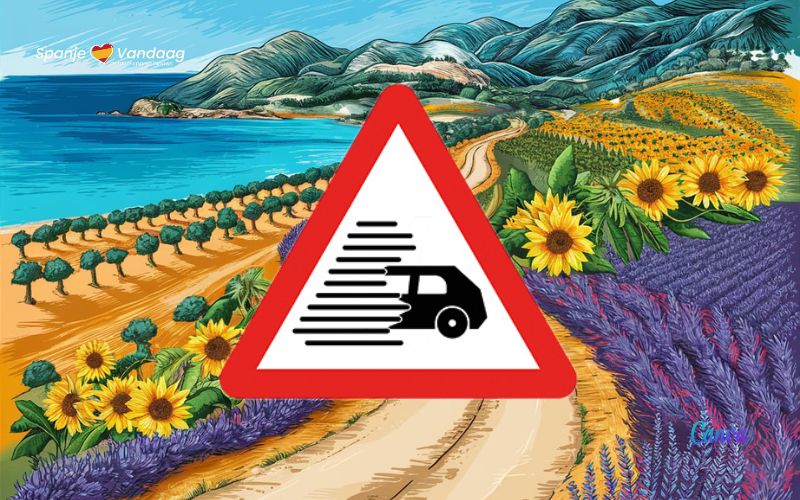
decreased vision
There is a risk due to the proximity to an area where traffic is often obstructed due to reduced visibility due to fog, rain, snow, smoke, etc. This has been modified to avoid possible confusion, for example, with possible objects or stones.

Braided paths
There is a risk at this location due to its proximity to an area between a junction and a fork. At this location, there are several lane changes due to vehicles crossing each other, which increases the risk of collisions.

What does this new traffic sign on Spanish roads mean?
Some readers may have already seen the new road sign P-35 on Spanish roads, but what does this new sign actually mean? Why does this warning sign show two parallel cars crossing according to the arrows shown?

Personal vehicles are not allowed to enter.
No personal mobility vehicles allowed. This applies to all personal mobility vehicles, not just scooters. It is a new sign that affects all forms of personal mobility.
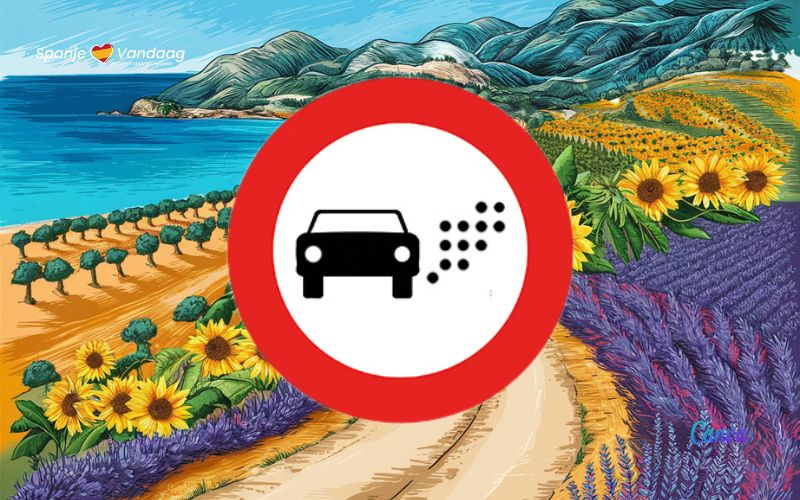
Vehicles are prohibited from entering due to environmental standards.
Access to vehicles is prohibited based on their environmental characteristics or other specified environmental criteria. Specific conditions must be stated on the additional sign S-860 or on the sign that includes it. When necessary, reference will be made to the classification of each vehicle based on its environmental characteristics as stipulated in the regulations.

Highway 2+1
This traffic sign indicates that a 2+1 road begins. This means that the road has three lanes and traffic is allowed in both directions. The middle lane is for overtaking manoeuvres and is used alternately by traffic from both directions. This sign can also indicate a turn to an intersection leading to a 2+1 road.

Pedestrian tunnel or bridge, with or without bike ramp
This is a description of where a pedestrian bridge or tunnel can be found, equipped with a ramp, rail or bike ramp. It indicates where this particular facility is located and how it is made accessible to pedestrians, cyclists and people with reduced mobility.

Coexistence Zone
A pedestrian zone is an area where pedestrians have priority and where special traffic rules apply. The maximum speed for vehicles is 20 km/h. In this area, vehicles, cyclists and pedestrians share the road. Pedestrians always have priority and can use the entire area, which is why no zebra crossings are marked.
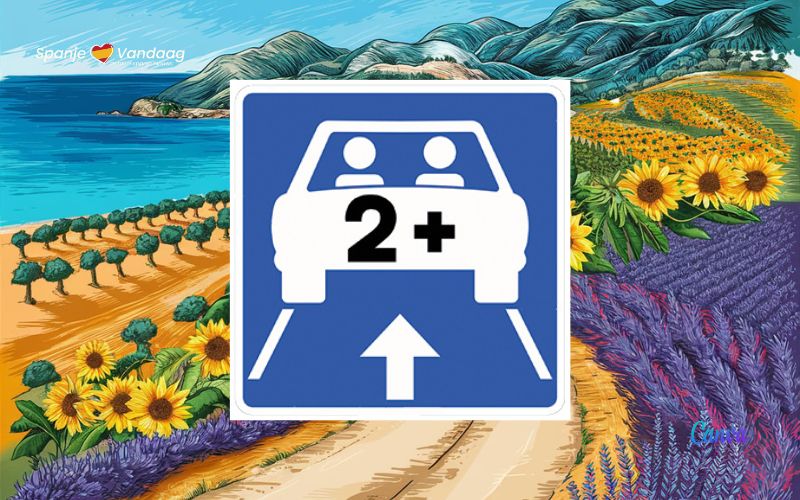
High occupancy vehicle lane
This traffic sign indicates that there are one or more lanes reserved for high occupancy vehicles only. The sign indicates the minimum number of people who must be in the vehicle to use this lane, as determined by the authorities.

“Fork” on three-lane roads
This means that on a road with three lanes going in the same direction, there will be a split in the middle lane. This split results in four lanes, two on the left and two on the right. This is similar to a series of signs (S-60 through S-63) that try to better inform drivers about how the road is split so they can get themselves in the right position at the right time.
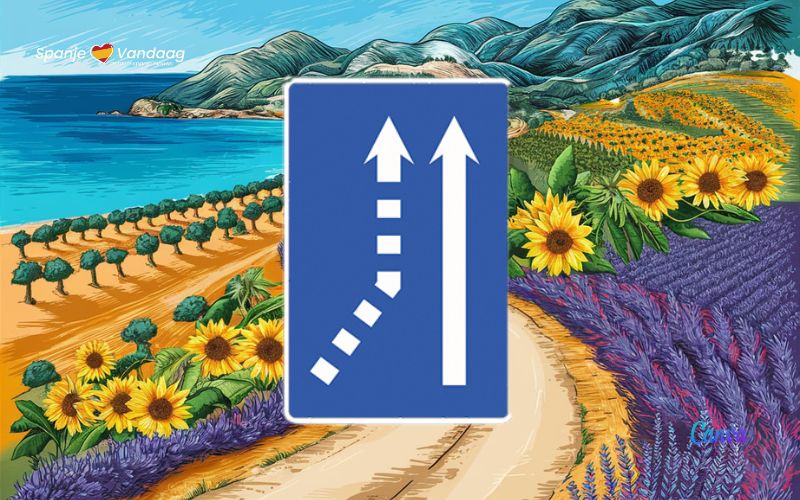
One lane meeting
This means that on a single-lane (S-70), two-lane (S-71) or more than one lane (S-72) road, traffic will merge using one or more lanes on the left or right side.

Look for this new traffic sign on Spanish roads this summer
Summer has arrived in Spain and that means more traffic on Spanish roads. To properly regulate traffic, the Spanish traffic service DGT has recently introduced a new traffic sign: the S-70. But what does this sign mean and what should you look for when you see it?
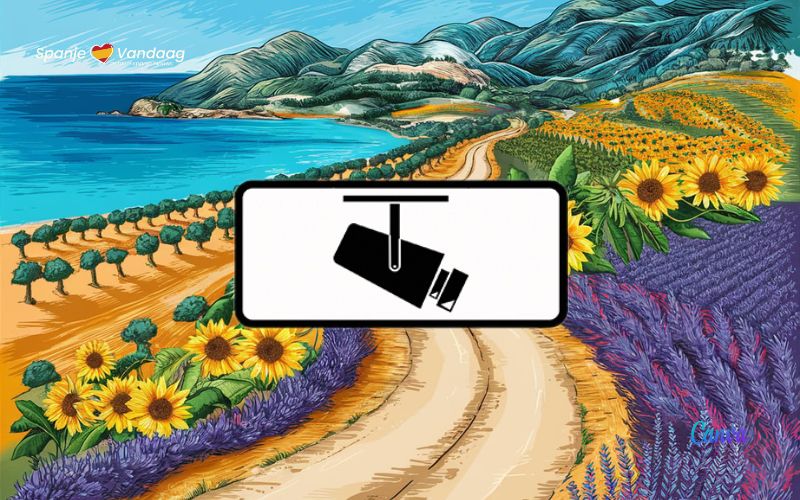
Automated monitoring
This means that the system verifies compliance with the rules in force through automatic recording and reporting means linked to the vertical panel. The mark acts as a reference point for what must be complied with and the system ensures that this is monitored and reported.

air speed control
Speed checks on the road can be carried out using aerial means such as a helicopter or drone. If these checks are targeting a specific type of vehicle, the traffic sign should only show the pictogram corresponding to that vehicle. This means that if the inspection is targeting trucks, for example, the traffic sign may only show the pictogram of the truck.
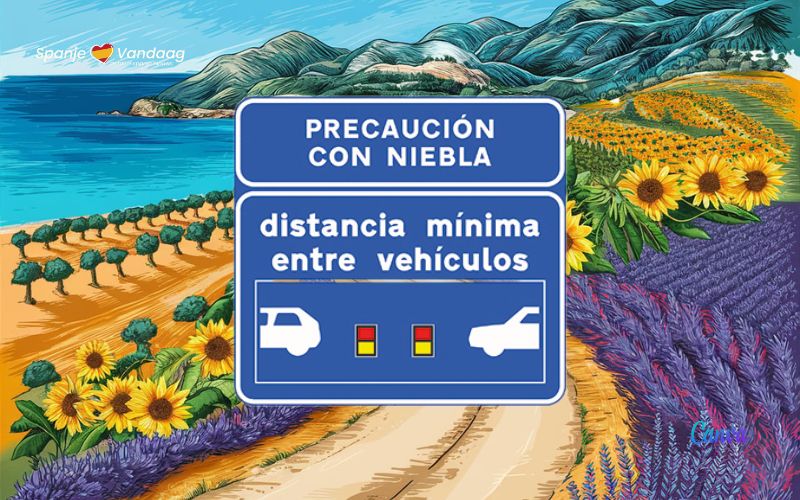
Minimum distance between vehicles with traffic lights
In situations where reduced visibility due to fog is common, indicate the number of traffic lights the vehicle should place between itself and the vehicle in front. In the case of the traffic light shown, there are two traffic lights, but there may also be more, depending on the traffic situation.

“Lifelong food practitioner. Zombie geek. Explorer. Reader. Subtly charming gamer. Entrepreneur. Devoted analyst.”











More Stories
Revealing the ten countries that support Ukraine the most
Funny protest against mass tourism in Galician village
Kamala Harris has wind in her sails, but Trump can still win